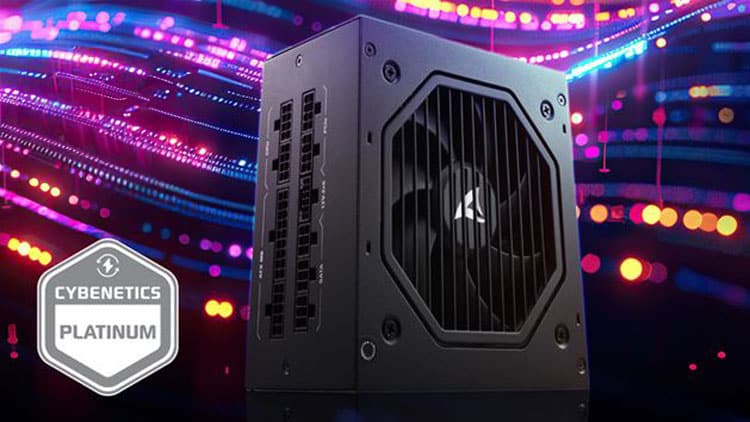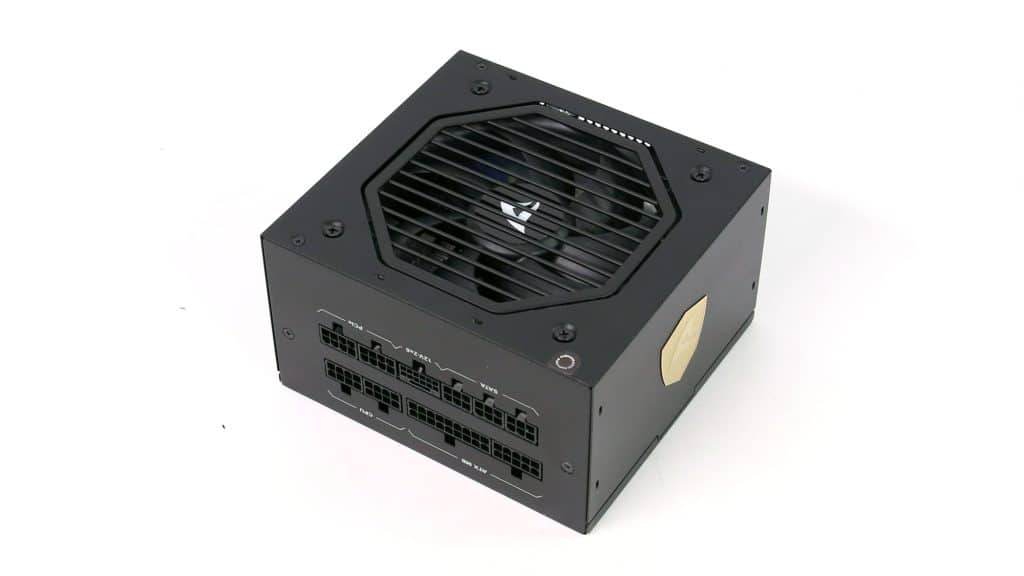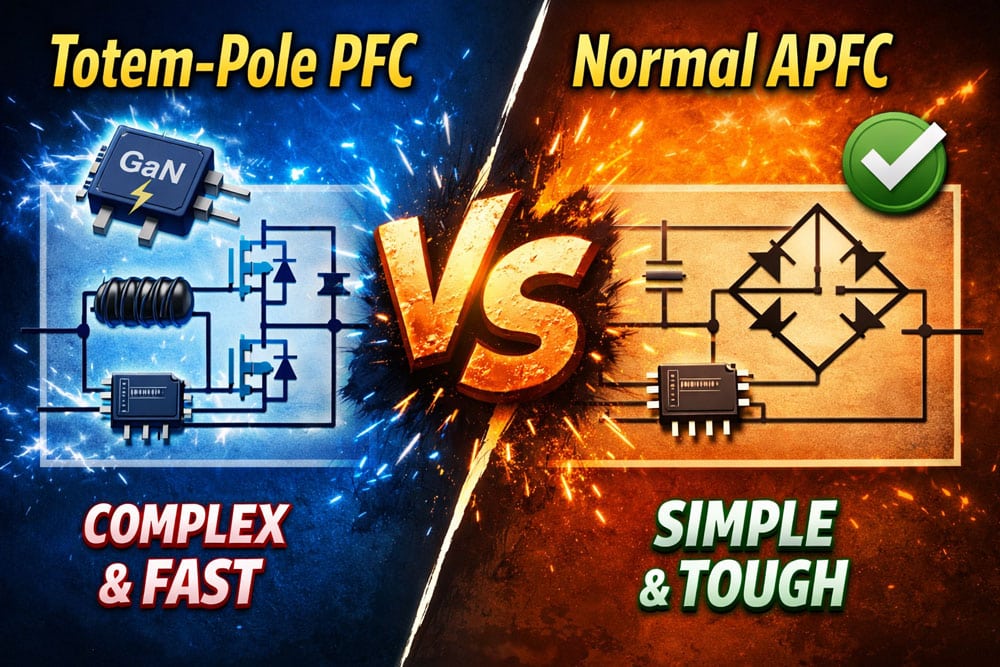Epilogue
Like its higher capacity sibling, the Sharkoon Rebel P20 1000W is a decently performing PSU that will not empty your wallet. Given its specifications and build quality, it is sold at a fair price. It is ATX v3.1 compliant and Cybenetics Platinum rated in efficiency at both voltage inputs. It also has a Cybenetics A noise rating, meaning that it features a quiet operation. At up to 690W loads, the PSU operates quietly, keeping its noise output below 20 dBA, and with a lower than 65W combined load on the minor rails, noise is below 6 dBA at up to 690W at 12V. Despite its compact dimensions, the fan speed profile is not aggressive, and this is also supported by the large heat sinks that Andyson used to handle the thermal loads. In most modern PSUs, the heat sinks are small, requiring aggressive fan speed profiles at high loads.
The load regulation is within 1% at 12V, ripple suppression is good, and the 12V rail’s transient response in ATX v3.1 test scenarios is very good. The 3.3V rail needs tuning for tighter load regulation and better transient response. This rail is not heavily used, but the ATX spec still requires it to behave. The average efficiency is high, with a 2% load efficiency exceeding 70%, meeting the ATX spec’s relevant recommendation. The APFC converter also needs tuning for higher PF readings, primarily at 230V. Moreover, the power consumption on standby at the same voltage input should be below 0.1W.
Overall, the Rebel P20 1000W has a fair price, offering decent performance. Some of you might frown upon the 2-year warranty that Sharkoon offers. Still, I won’t fall into this trap anymore since I am sick and tired of this marketing trick with the extended warranty periods, which we cannot verify if they are legit or not, meaning if the brands will honor the warranty terms after 5-10 years or will find ways to turn them down. It is preferable to have realistic warranty periods than marketing-oriented ones. I remember EVGA starting this warranty race, and look where this brand is now.
Before investing in a new power supply, read my Best ATX v3.x PSUs article to check all alternative PSU offerings. You help me a lot by using my affiliate links, which don’t increase the product’s price. I get a commission from Amazon every time you do it, which can make a difference for me, especially now that I am on my own, working exclusively for my media and not for someone else.
- Delivered full power at 47°C
- ATX v3.1 and PCIe 5.1 ready
- Decent overall performance
- Fair price (given its specs and performance)
- Efficient
- Efficient 5VSB rail
- Good build quality
- Good transient response at 12V (ATX v3.1 test scenarios)
- Within 1% regulation at 12V
- Good ripple suppression
- Long hold-up time
- Quiet operation at up to 690W loads
- Low inrush currents
- Alternative Low Power Mode (ALPM) compatible
- FDB fan
- Fully modular
- Many cables and connectors, including a high-power one (12+4 pin, 600W)
- Long enough distance (150mm) between the peripheral connectors
- Compact dimensions
- 12V and minor rail OCP triggering points need to be set lower
- APFC converter needs tuning for higher PF readings at 230V
- The 3.3V rail needs tighter load regulation and better transient response
- Increased vampire power at 230V
- Only a single 4-pin Molex is provided



